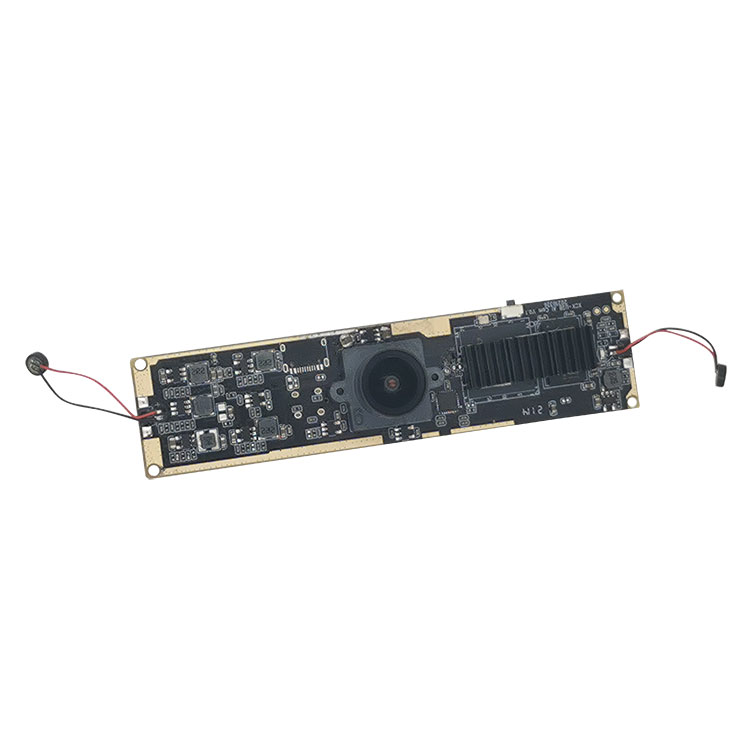
- English
- Español
- Português
- русский
- Français
- 日本語
- Deutsch
- tiếng Việt
- Italiano
- Nederlands
- ภาษาไทย
- Polski
- 한국어
- Svenska
- magyar
- Malay
- বাংলা ভাষার
- Dansk
- Suomi
- हिन्दी
- Pilipino
- Türkçe
- Gaeilge
- العربية
- Indonesia
- Norsk
- تمل
- český
- ελληνικά
- український
- Javanese
- فارسی
- தமிழ்
- తెలుగు
- नेपाली
- Burmese
- български
- ລາວ
- Latine
- Қазақша
- Euskal
- Azərbaycan
- Slovenský jazyk
- Македонски
- Lietuvos
- Eesti Keel
- Română
- Slovenski
- मराठी
- Srpski језик
Decide the Number of Layers of the PCB Board
2021-11-10
Decide the number of layers of the PCB board
1. Purpose: PCB boards are used in various types of simple to complex electronic equipment. Therefore, you must figure out whether your application has minimal or complex features.
2. Required signal type: The choice of the number of layers also depends on the type of signal they need to transmit. The signal is divided into high frequency, low frequency, ground or power. For applications that require multiple signal processing, you will need a multilayer PCB. These circuits may require different grounding and isolation.
3. Through hole type: The choice of through hole is another important factor to be considered. If you choose to bury vias, you may need more internal layers. Therefore, you can meet multi-layered requirements accordingly.
4. The density and number of signal layers required: The number of layers of the PCB is also based on two important factors-signal layer and pin density. The number of layers in the PCB board increases as the pin density decreases. The pin density is 1.0.
5. The number of planes required: The power and ground planes in the PCB board help reduce EMI and shield the signal layer. Therefore, the choice of layers will again depend on the number of planes required.
6. Manufacturing cost: Although it is the main requirement, it is one of the decisive factors in choosing the number of layers in the 1-20 layer PCB board design. The cost of PCB board manufacturing depends on multiple layers. Multi-layer PCB boards are more expensive than single-layer PCB boards. Manufacturing costs will largely depend on the above requirements.

1. Purpose: PCB boards are used in various types of simple to complex electronic equipment. Therefore, you must figure out whether your application has minimal or complex features.
2. Required signal type: The choice of the number of layers also depends on the type of signal they need to transmit. The signal is divided into high frequency, low frequency, ground or power. For applications that require multiple signal processing, you will need a multilayer PCB. These circuits may require different grounding and isolation.
3. Through hole type: The choice of through hole is another important factor to be considered. If you choose to bury vias, you may need more internal layers. Therefore, you can meet multi-layered requirements accordingly.
4. The density and number of signal layers required: The number of layers of the PCB is also based on two important factors-signal layer and pin density. The number of layers in the PCB board increases as the pin density decreases. The pin density is 1.0.
5. The number of planes required: The power and ground planes in the PCB board help reduce EMI and shield the signal layer. Therefore, the choice of layers will again depend on the number of planes required.
6. Manufacturing cost: Although it is the main requirement, it is one of the decisive factors in choosing the number of layers in the 1-20 layer PCB board design. The cost of PCB board manufacturing depends on multiple layers. Multi-layer PCB boards are more expensive than single-layer PCB boards. Manufacturing costs will largely depend on the above requirements.




